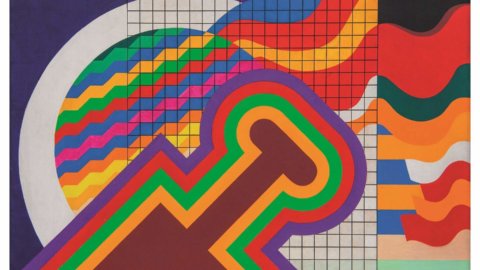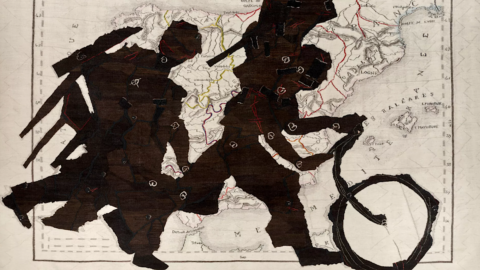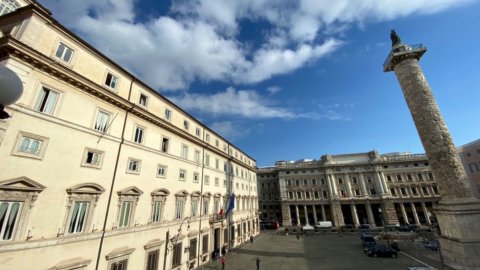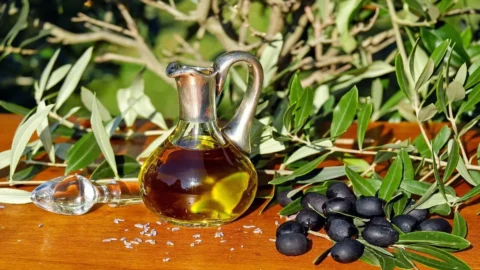Summer at the Tate St Ives (London) with the great museum exhibition of Casablanca Art School. Art Moroccan contemplating her relationship with daily life.
Reflecting a new social awareness, artists-professors including Farid Belkahia, Mohammed Chabâa and Mohamed Melehi he transformed this institution by encouraging artistic experiments, looking beyond Western academic traditions and drawing on existing local culture. This exhibition will explore how teachers and students of Casablanca Art School they combined traditional Berber skills, materials, and visual languages with modernist influences from Europe and North America, creating a space for reinventing contemporary Moroccan art.
Art as a shared experience
Working across painting, sculpture, graphic design, architectural mural painting and many other media, the artists associated with the school have placed art in public spaces and promoted it as a shared experience. This historic exhibition brings together works by over twenty artists, including vibrant abstract paintings, urban murals, crafts, typology, graphics and ceramics, along with rarely seen print archives, vintage magazines and photographs.
The exhibition will show how the leading exponents of the group looked beyond Western styles and teaching, encouraging students to explore abstract art and reconnect with Afro-Arab culture. Farid Belkachia, appointed Director of the Casablanca School of Art, expands the teaching staff with Mohamed Melehi and Toni Mariani (from 1964), Bert Flint (from 1965) and Mohammed Chabâa (from 1966), heralding memorable years of artistic progress. This network of artists has looked to the Bauhaus art school – which removed the distinctions between art, craft, design and architecture – and reinvented its vision within an Afro-Berber context.
The 70s
Throughout the 70s the movement grew as the school's influence moved further afield. There 1974 Baghdad Arab Art Biennale brought together over 600 works including artists from the new wave of Moroccan art. Meanwhile, the inaugural 1978 Asilah Cultural Moussem-Festival, which was co-founded by Mohamed Melehi and Mohamed Benaïssa and took place in the civic spaces of the city of Asilah, remains one of the many enduring legacies of cultural activism in the Art of Casablanca School.
The curators and supporters of the school
Casablanca Art School is curated by Morad Montazami and Madeleine de Colnet for Zamân Books & Curating in collaboration with Anne Barlow, Director, Tate St Ives and Giles Jackson, Assistant Curator, Tate St Ives, and Research Associates Fatima-Zahra Lakrissa and Maud Houssais. The exhibition is supported by the Casablanca School of Art Exhibition Supporters Circle and members of the Tate. This exhibition is a partnership between Tate St Ives and the Sharjah Art Foundation, where it will open in February 2024. It is also part of a key moment in international research on the Casablanca Art School, which includes a collaborative project launched in 2020 between KW Institute for Contemporary Art and Sharjah Art Foundation, in collaboration with Goethe-Institut Marokko, ThinkArt and Zamân Books & Curating.
Cover photo: Mohammed Chabâa, Untitled, 1977 © Mohammed Chabâa Estate





